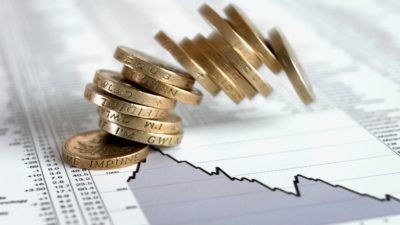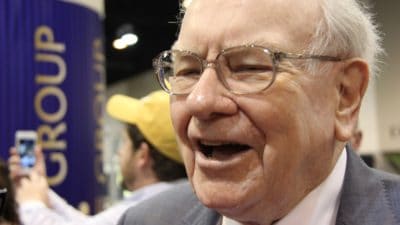Right now I’m comparing some of the most popular companies in the FTSE 100 with their sector peers in an attempt to establish which one is the more attractive investment.
Today I’m looking at Unilever (LSE: ULVR) (NYSE: UL.US).
Valuation
Let’s start with the basics: Unilever’s valuation in relation to that of its closest peers and the wider sector.
Currently, Unilever trades at a historic P/E ratio of 18.3. In comparison, Unilever’s closest peers, Tate & Lyle and Associated British Foods, trade at historic P/Es of 13.6 and 23 respectively. Of course, as a global food producer with many household names within its portfolio of brands, Unilever is a highly defensive company and deserves a premium over its peers.
However, the food producers’ sector currently trades at an average historic P/E of 10.9, which makes Unilever and both of its close peers look extremely expensive.
Company’s performance
What’s more, City analysts currently predict that Unilever’s earnings growth will be less than impressive during the next two years. Indeed, City analysts currently predict that Unilever’s earnings will fall 3% this year before growing 5% the year after.
In addition, Unilever’s earnings growth has been equally unimpressive during the past five years. For example, since the end of 2008 the company’s earnings per share have only expanded 12.6%.
Nonetheless, it would appear that close peer Associated British Foods does deserve its high valuation. In particular, while Unilever’s growth has been slow during the past five years, Associated British Foods has chalked up impressive earnings per share growth of 71%.
Additionally, Tate & Lyle’s earnings per share have expanded 52% during the same five-year period.
Dividends
Having said all of that, Unilever holds its own on the dividend front. At present, the company offers investors a 3.5% dividend yield, which is slightly above the food producers’ sector average of 3.1%.
Furthermore, this dividend yield is stronger than the offerings from both Tate & Lyle and Associated British Foods, which both currently support yields under the sector average.
Still, this high yield comes at a price. In particular, Unilever’s dividend payout is only covered one-and-a-half times by earnings, the lowest cover in the group. In comparison, both Tate & Lyle and Associated British Foods can cover their payout at least twice by earnings.
Foolish summary
All in all, as a global and well diversified food producer, Unilever deserves some premium over its peers due to its defensive nature. However, Unilever’s huge premium over the rest of the sector does not appear to be justified, based on the company’s glacial earnings growth.
So overall, I feel that Unilever is a much weaker share than its peers.







